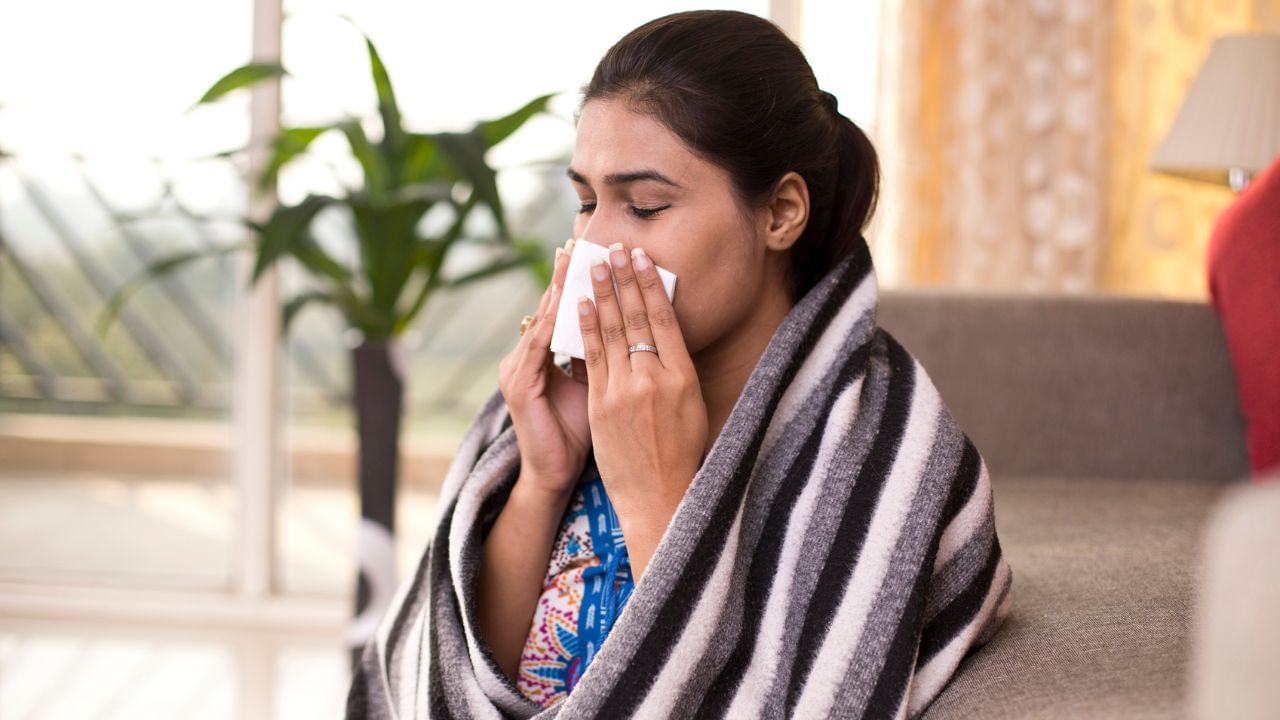New Delhi: Every year, with the arrival of the monsoons, a familiar pattern emerges: runny noses, mild fevers, and body aches become routine. From viral infections like flu to vector-borne illnesses such as dengue, malaria, and chikungunya, this season significantly heightens the risk of infectious diseases. Many of these conditions begin with overlapping symptoms and are often dismissed as “just the weather,” and people wait for the symptoms to resolve on their own.
What many fail to realise is that the first 48 to 72 hours after the onset of symptoms are crucial in determining the course of an illness. During this window, the difference between a mild illness and a serious complication often depends on timely intervention. Waiting too long or self-diagnosing can lead to severe consequences, including life-threatening conditions.
Dr. Mahua Das Gupta, Director of Medical Affairs at Haystack Analytics, spoke about the importance of timely diagnosis for monsoon infections.
The Urgency of Early Diagnosis: Why Timing Matters
Infectious diseases during the monsoon can rapidly progress if left undiagnosed or untreated. For instance, flu-like symptoms can quickly escalate to pneumonia, especially in vulnerable individuals such as the elderly or those with underlying health conditions. Similarly, untreated or unmonitored dengue infection can lead to severe bleeding, organ failure, or even death. Respiratory infections, which often mimic flu, can become complicated by secondary bacterial infections, making early and accurate diagnosis essential.
Delaying the diagnosis for 48 to 72 hours increases the risk of complications, prolonged illness, and unnecessary antibiotic use, which in turn leads to longer recovery times and higher healthcare costs. Early diagnostic testing can help identify whether the infection is viral or bacterial, enabling healthcare providers to make informed decisions promptly.
The Danger of Self-Treatment and Antibiotic Misuse
A common mistake many people make when they develop flu-like symptoms is self-medication, often using over-the-counter antibiotics. However, antibiotics are ineffective against viral infections like influenza or COVID-19, dengue, and chikungunya. Overuse and misuse of antibiotics are contributing to a growing global health crisis – antimicrobial resistance (AMR). According to the World Health Organization, AMR is responsible for 5 million deaths annually, and this number is expected to rise if improper use of antibiotics continues.
By taking antibiotics without proper testing, people not only delay the initiation of correct treatment but also contribute to the rise of antibiotic-resistant bacteria. This complicates future treatments, making it harder to treat even simple infections. Early and precise diagnostic tests can help prevent this by providing clear insights into whether an infection is viral, bacterial, or parasitic, thereby reducing the unnecessary use of antibiotics.
Genomic Testing: The Smart Approach to Infection Diagnostics
Genomic testing, powered by Next-Generation Sequencing (NGS), is emerging as a highly reliable and efficient approach to diagnosing infectious diseases be it viral, bacterial, or fungal Unlike traditional culture methods or dependence on empiric use of broad-spectrum antibiotics, NGS detects the exact pathogen,, within 24 hours from a single sample.
For example, during the monsoon season, when infections like flu, dengue, and bacterial or viral respiratory illnesses share overlapping symptoms, NGS can differentiate between them in a single assay. By accurately identifying the pathogen, doctors can choose the most appropriate treatment from the outset, avoiding unnecessary medications and reducing the risk of complications.
NGS also identifies antimicrobial resistance (AMR) profiles, which are crucial in ensuring that patients receive the most effective antibiotics. With rapid turnaround, combined with precise pathogen identification and the ability to identify hard-to-culture organisms and rare pathogens in one test, NGS streamlines the diagnostic process and reduces reliance on trial-and-error-based therapy, thus empowering healthcare providers to make timely, evidence-based decisions, thereby improving patient outcomes.
Conclusion: Early Testing is Key to Preventing Serious Health Risks
Infection patterns during the monsoon are unpredictable, and early symptoms often overlap. Recognizing the need for timely diagnosis, especially in the first 72 hours, is crucial in preventing complications. Technologies like NGS are helping bring more accuracy and speed to diagnostics, enabling clinicians to act swiftly and effectively.
Adopting early testing protocols not only improves individual outcomes but also supports broader public health goals such as reducing antibiotic misuse and controlling AMR. As monsoon-related infections continue to rise, timely intervention through accurate diagnostics is a practical and necessary step forward.
